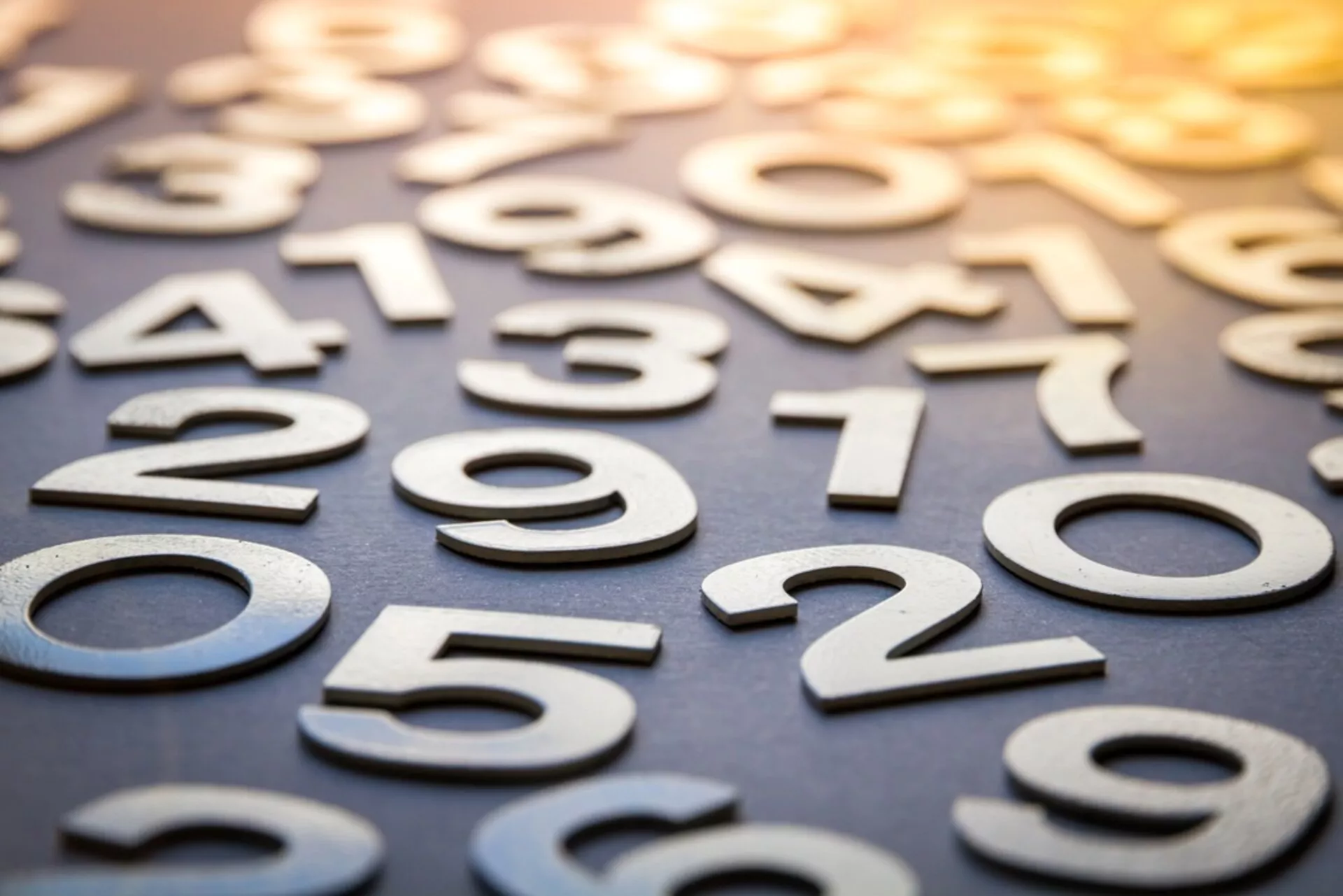
A round number to square off the different forms of reasoning
This article is the 30th in the series, which began more than 5 years ago. A round number that naturally leads us to the theme of numbers. While numbers are the backbone of any investment decision, they can also foster various cognitive biases. Let us pause for a moment on how we quantify our reasoning and decisions to take some distance from numerical data!
Have you read the previous fifteen articles… or 50% of the earlier publications?
When faced with an investment decision, we mostly navigate between an amount expressed in value (in euros, for example) and an expected gain often presented as a return and therefore as a percentage. Even more difficult, it is sometimes necessary to convert this return perspective into a fixed amount to gauge one's ability to reach a financial goal for a project (buying a second home, retirement, amount to be passed on…). Here we understand the importance of having a consistent appreciation of gains, whether expressed as a percentage or as a value.
To complicate matters, we know that the perception of return is influenced by the amount itself. Thus, the recent study (published in 2020) "Numerical Anchoring, Perceived Returns, and Asset Prices"1 details an experiment highlighting differences in return perception depending on how they are presented. The author sent an email to 170,000 Brazilian retail investors offering a government bond paying 9.55% per year (with a maturity of 6 years), illustrated by an example with a nominal amount of either 1 R$ or 100 R$. Despite an explicit annual yield of 9.55% in both types of messages, the subscription rate (once the message was opened) to this government bond was almost 25% higher when the example was based on the higher nominal amount!
The study's author explains this subscription gap by the fact that we tend to underestimate the future value of large amounts and that we are therefore more sensitive when these gain prospects are correctly calculated and clearly stated. This is a very particular derivative of the anchoring bias that we had already discussed in our January 2024 article.
In general, it is recommended to reason through both lenses: in percentage as often given but also, with a little effort, in absolute amounts. Very often, our perception indeed differs depending on the key chosen. And this reading concerns the breakdown of investments in an asset allocation, the performance of chosen instruments, and even... the related taxation!
Is it better to have 10/10 or a green sticker?
This subtitle, a nod to the first article in the series on the 2020 school start, puts into perspective the importance of numbers compared to qualitative aspects.
A study2 published in September 2024 (21 experiments conducted with 23,000 people) emphasizes the very particular role of numbers in our decisions. Going beyond personal finance management, the authors looked at how we make choices when two criteria are presented, only one of which is quantified.
While reviewing very different types of decisions (choice of hotel, conference venues, intern candidates, employee promotions, donations, public projects…), the conclusion is always the same: we choose the option for which we have numerical data, to the detriment of the one for which we only have qualitative data. And this even if the qualitative data constitute an equally important criterion! For example, between two hotels (expensive and well-rated vs. cheaper but less well-rated), 52% of study participants choose the better-rated hotel when the rating is quantified and the price expressed in pictograms, and only 33% when the price is quantified and the rating in stars. Another example, in searching for an intern with managerial skills, the candidate with a quantified score for this quality is much more likely to be selected (84%) than when this aspect is judged by a letter grade (69%).
The various experiments in the above study demonstrate the importance given to quantitative data, which are easier to grasp and offer more obvious comparisons. These are naturally the ones we prioritize. However, this study also highlights the importance of giving weight to criteria that are not quantified and whose analysis, which can be longer and more tedious, might lead to revising the hierarchy of choices!
Sources
1. “Numerical Anchoring, Perceived Returns, and Asset Prices”, Paolo Costa, 2020
2. “Does counting change what counts? Quantification fixation biases decision-making”, Linda W. Chang, Erika L. Kirgios, Sendhil Mullainathan, and Katherine L. Milkman




